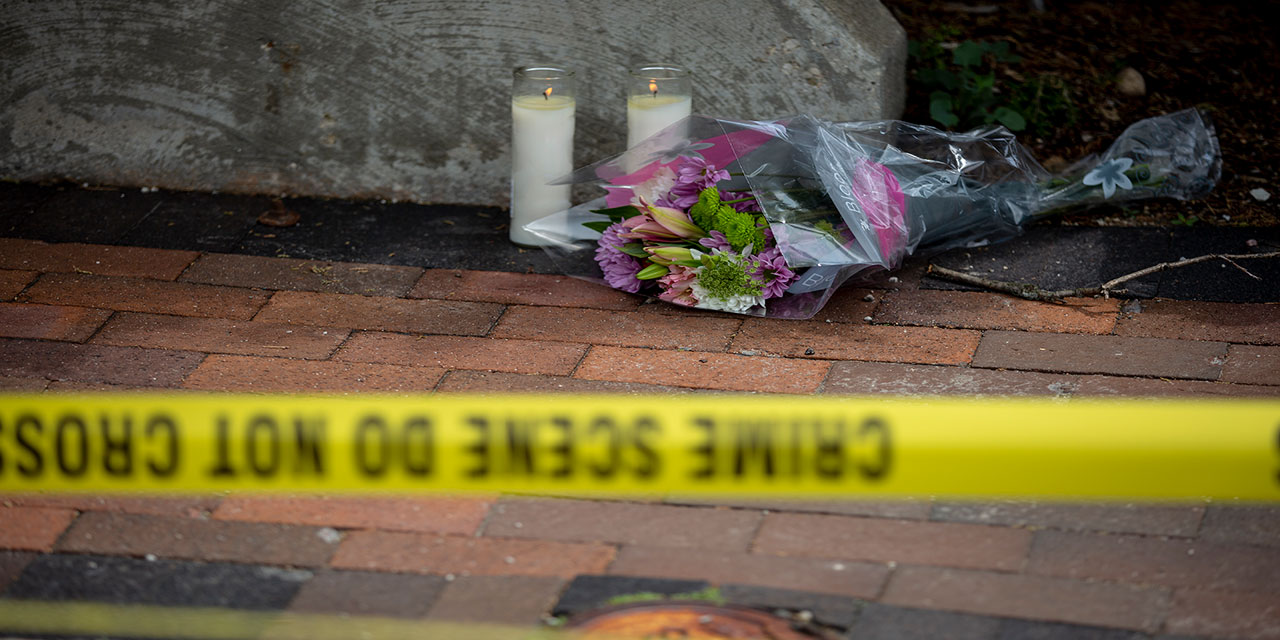Progress Amidst Its History as a Dangerous Place to Live
Illinois has consistently ranked among the most dangerous states in the nation for many years. Despite the overall decline in violent crime across the United States, Illinois has struggled to shake off its history of criminal violence, according to the 24/7 Wall Street.
There is a glimmer of hope amidst this grim backdrop and crime in Illinois has followed a similar trend to the rest of the country, although with its own unique characteristics. This decline while not as large as the national average represents progress and offers hope for communities concerned about safety.

(photo: City Journal)
Unraveling the Decline in Violent Crime in Illinois: Insights from a Once-Dangerous Place to Live
Understanding the reasons behind this decline is complex and requires careful examination. Experts point to various factors including demographic changes shifts in law enforcement practices, and economic conditions. The aging population, reduced alcohol consumption increased police efforts and economic stability have all been identified as potential reasons for the reduction in criminal violence. The exact interactions between these factors are still being studied and debated.
Looking closer at the nature of violent crime in Illinois reveals a sobering reality. While homicide grabs attention and generates fear it represents only a small portion of all violent offenses reported. Instead, aggravated assault is the most common type of violent offense accounting for over half of all reported violent offenses each year. This difference highlights the complexity of Illinois crime challenges and emphasizes the importance of targeted interventions to address the root causes of violence.
READ ALSO: Protecting Against Dangerous Crime Trends: Indiana’s Home Security Solutions
Illinois Strives for Safety: Overcoming Challenges in a Once-Dangerous Place to Live
As Illinois continues its journey toward greater safety and security challenges and uncertainties remain. However, there is a shared determination to build communities resilient to violence. By using data-driven strategies fostering community partnerships and addressing underlying socio-economic disparities. Illinois can work toward a future where safety is not just a goal but a reality for all residents.

















































